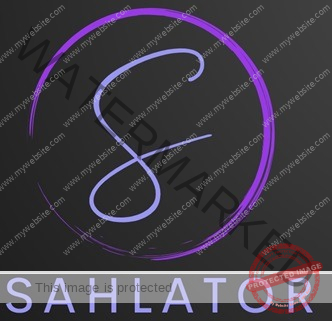Pivot Point Calculator
| Method | Pivot | S1 | R1 | S2 | R2 | S3 | R3 |
|---|---|---|---|---|---|---|---|
| Classic | |||||||
| Woodie's | |||||||
| Camarilla | |||||||
| DeMark's |
Results Feedback
Please enter the prices above and calculate to get feedback.
Pivot Point (PP): The pivot point is the central point used to identify the overall market trend. If the price is above the pivot, the market is considered bullish, and if it's below the pivot, the market is considered bearish. It acts as the main level of support or resistance.
Support Levels (S1, S2, S3): These are levels where the price might experience downward pressure, causing a potential reversal or pause in a downtrend.
- S1: The first level of support, calculated closer to the pivot. If the price reaches S1, it could indicate a minor reversal point in a downtrend.
- S2: The second level of support, further away from the pivot. A breach of S2 could suggest a stronger downward movement.
- S3: The third level of support, which represents a very strong level of support. If the price drops below S2 and nears S3, it could indicate a more significant downtrend.
Resistance Levels (R1, R2, R3): These are levels where the price could encounter upward pressure, potentially reversing or pausing an uptrend.
- R1: The first level of resistance, calculated closer to the pivot. If the price reaches R1, it could indicate a minor reversal point in an uptrend.
- R2: The second level of resistance, further away from the pivot. A breach of R2 could signal a stronger upward movement.
- R3: The third level of resistance, which represents a very strong level of resistance. If the price rises above R2 and nears R3, it could indicate a more significant uptrend.
These levels help traders identify potential points where the price could reverse or consolidate. If the price moves through the support or resistance levels, it may indicate a breakout or trend continuation.
How to Use the Pivot Point Levels: - When the market is trending up (above the pivot), traders often look for price to hold above the pivot and consider buying near support levels. - When the market is trending down (below the pivot), traders may consider selling near resistance levels. - Traders often use these levels alongside other technical indicators to confirm potential entry or exit points in the market.
Pivot Point (PP): The pivot point is the central point used to identify the overall market trend. If the price is above the pivot, the market is considered bullish, and if it's below the pivot, the market is considered bearish. It acts as the main level of support or resistance.
Support Levels (S1, S2, S3): These are levels where the price might experience downward pressure, causing a potential reversal or pause in a downtrend.
- S1: The first level of support, calculated closer to the pivot. If the price reaches S1, it could indicate a minor reversal point in a downtrend.
- S2: The second level of support, further away from the pivot. A breach of S2 could suggest a stronger downward movement.
- S3: The third level of support, which represents a very strong level of support. If the price drops below S2 and nears S3, it could indicate a more significant downtrend.
Resistance Levels (R1, R2, R3): These are levels where the price could encounter upward pressure, potentially reversing or pausing an uptrend.
- R1: The first level of resistance, calculated closer to the pivot. If the price reaches R1, it could indicate a minor reversal point in an uptrend.
- R2: The second level of resistance, further away from the pivot. A breach of R2 could signal a stronger upward movement.
- R3: The third level of resistance, which represents a very strong level of resistance. If the price rises above R2 and nears R3, it could indicate a more significant uptrend.
These levels help traders identify potential points where the price could reverse or consolidate. If the price moves through the support or resistance levels, it may indicate a breakout or trend continuation.
How to Use the Pivot Point Levels: - When the market is trending up (above the pivot), traders often look for price to hold above the pivot and consider buying near support levels. - When the market is trending down (below the pivot), traders may consider selling near resistance levels. - Traders often use these levels alongside other technical indicators to confirm potential entry or exit points in the market.
A pivot point is a technical analysis indicator commonly used in trading to determine potential support and resistance levels in the price movement of a financial asset (such as stocks, forex, commodities, etc.). It is calculated using the previous period’s high, low, and closing prices. Pivot points are widely used by day traders to predict short-term price movements and identify key levels where the price might reverse or face challenges.
How pivot points are used:
- Trading Decisions: Traders use pivot points to identify where the market might find support or face resistance. If the price is above the pivot point, it may be an indication that the market is in a bullish trend, while if it’s below, the market may be bearish.
- Entry and Exit Signals: Traders may enter buy positions when the price moves above the pivot point and exit when it approaches a resistance level. Conversely, they may consider selling when the price drops below the pivot point or reaches a support level.
These levels are often seen as psychological markers, making them self-fulfilling in nature.
